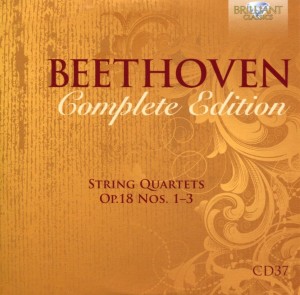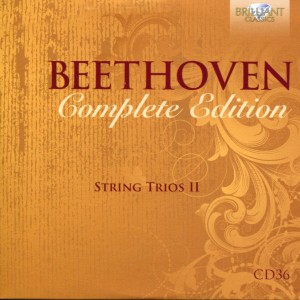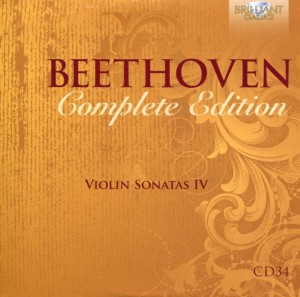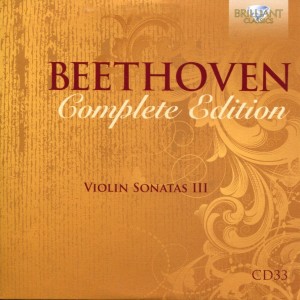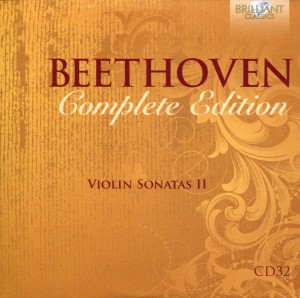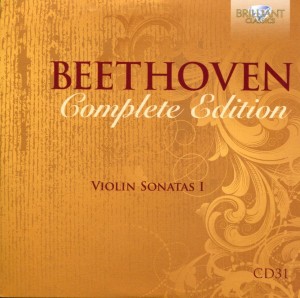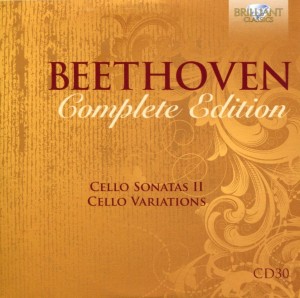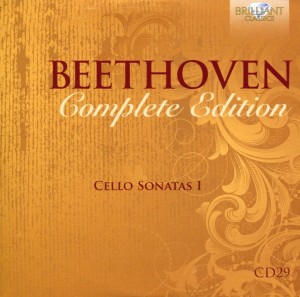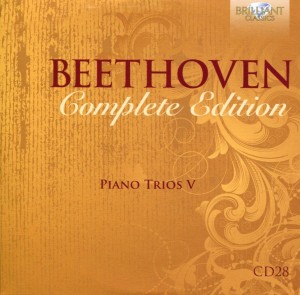And it’s not like this isn’t the kind of music one might hear at a wine-and-cheese soiree in some posh home, or at an art exhibit in an upscale gallery.
But it’s clever, with enough depth and complexity to hold my attention.
One moment, I’m listening to the cello. The next moment, I’m listening to a violin. Other moments, I’m listening to all the instruments together. Then, I listen to what they’re doing that’s unexpected.
That’s when I’m most enamored with a piece of music: when it holds my attention on several levels.
On today’s CD, I am privileged to experience three string quartets:
String Quartet No. 1 in F Op. 18 No. 1 (composed 1799; Beethoven was 29)
String Quartet No. 2 in G Op. 18 No. 2 (composed 1799; Beethoven was 29)
String Quartet No. 3 in D Op. 18 No. 3 (composed 1798/1799; Beethoven was 28 or 29)
Performing these exquisite compositions is the Suske Quartett:
Karl Suske violin I
Klaus Peters violin II
Karl-Heinz Dommus viola
Matthias Pfaender cello
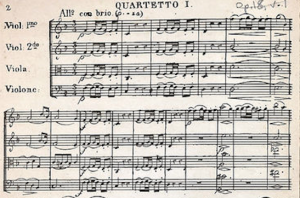 String Quartet No. 1 in F. Op. 18 no. 1 is a lot of fun, with plenty of quirks and twists and turns.
String Quartet No. 1 in F. Op. 18 no. 1 is a lot of fun, with plenty of quirks and twists and turns.
String Quartet No. 1 is fascinating.
But so are all three of these string quartets.
Well, maybe “fascinating” is not the right word. They’re not as fascinating as, say, one of Beethoven’s symphonies. Those are powerful, dynamic, exquisite, compelling. String Quartet No. 1 is not in that same league. But it is entertaining.
Movement III (“Scherzo: Allegro – Trio”) from String Quartet No. 2 is quite entertaining. Bits of rapid-fire ask-and-answer (as I call it) between the instruments. Depth and complexity. All at a tempo that I dig.
Speaking of which, the very next movement (Movement IV: “Allegro molto, quasi presto”) ramps up the pace even more, and really gets the violins “sawing” away.
I’m not a speed freak. I don’t need music to be fast to be good. But, too often, music that is slow tends to feel like a dirge to me. It’s lugubrious. Fast often means the musicians can show off a bit, which means listeners are treated to breathtaking performances.
So, if I had my druthers, I’d choose fast over slow. But that’s not a do-or-die rule. Sometimes slow can be tremendously emotional.
But the line between emotional and maudlin is a very fine one.

